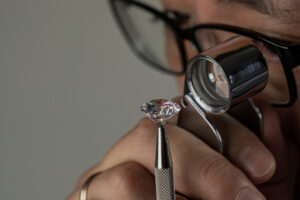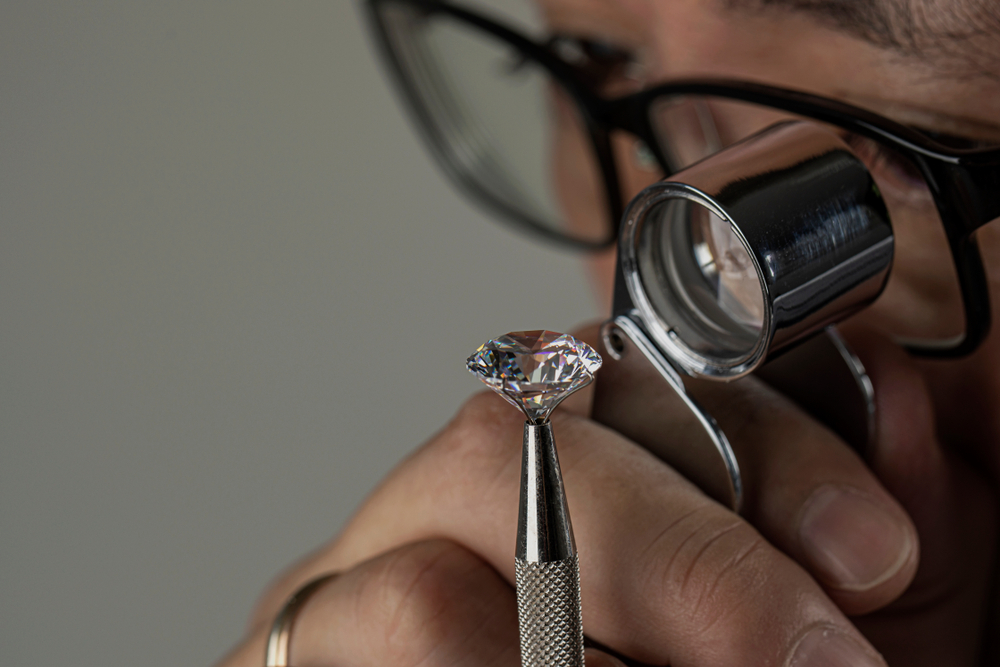
As the popularity of lab-grown diamonds and diamond simulants grows, so does the number of questions. Plenty of misleading information about the differences between lab-grown diamonds and diamond simulants is out there. You should note that both types of gemstones are different and do not have any similarities, contrary to popular belief.
The visual, chemical, or physical properties of both diamond stimulants and lab-grown diamonds are very distinct. Also, they are not graded or priced similarly. Run in the opposite direction if you see a company or individual marketing lab-grown diamonds for a few hundred dollars per carat.
This article aims at analyzing how diamond stimulants differ from lab-grown diamonds.
What Are Diamond Stimulants?
The gemstones that are made to resemble diamonds but are not identical to diamonds in terms of appearance or composition are called diamond stimulants. Some common diamond stimulants are cubic zirconia (CZ) and moissanite and both of them have the appearance of genuine diamonds. Simulants may not have the same physical or chemical properties as natural diamonds, so they’re cheaper. Simulants have a blazing sparkle that sets them apart from natural or lab-grown diamonds.
What Are Lab-Grown Diamonds?
Diamonds created in the lab are commonly known as lab-grown diamonds. Advanced technology, such as HPHT or CVD, imitates the processes required for the formation of natural diamonds. The optical, physical, and chemical traits of both lab-grown diamonds and the natural diamonds that are mined from the surface of the earth are alike.
Lab-grown diamonds are almost impossible to distinguish from mined diamonds, even for professional gemological experts, and can only be distinguished through comprehensive scientific testing with sophisticated equipment. Mined diamonds of equivalent size and quality are more expensive, and lab-grown diamonds are a more sustainable solution for engagement rings because they do not require new mining.
Lab-Grown Diamonds Vs Diamond Stimulants

The main difference between them is that lab-grown diamonds are actual diamonds and the only thing that sets apart a lab-grown diamond from a natural diamond is their origin.
Alongside being visually different, lab-grown diamonds are physically and chemically different from moissanite and cubic zirconia, which are common diamond stimulants. Because of their blazing sparkle and colorful refractions, they can be visually distinguished from lab-grown diamonds with the human eye.
Moissanite, a diamond simulant, is less expensive than both lab-grown and natural diamonds, with the price varying only by size. Lab-grown diamonds are also very cheaper when compared to natural diamonds.
